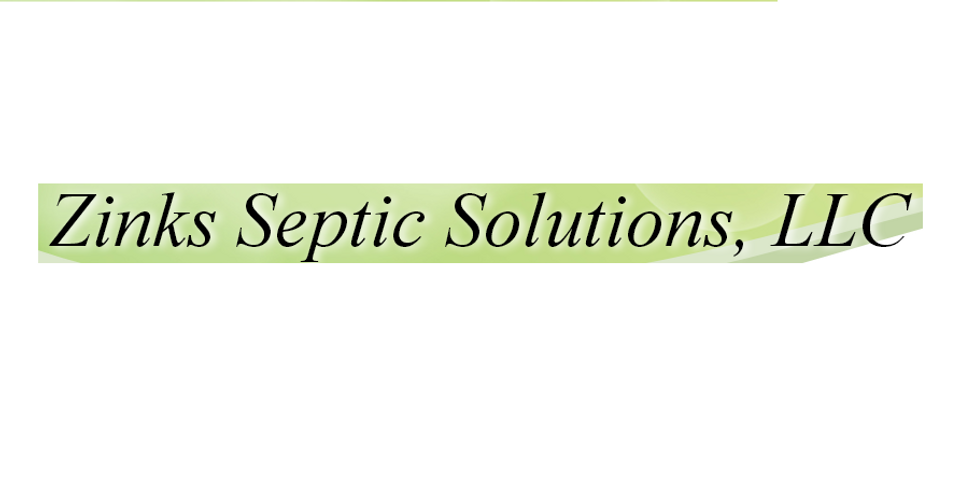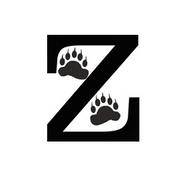Landscaping/Gardening and Your Septic System

Now that spring has arrived in New York, many homeowners are preparing to tackle outdoor DIY projects around their homes. Due to the popularity of DIY television shows and big-box home improvement stores, projects are being done by a wide range of different experience levels which may lead to sometimes comical results. When the home is served by a septic system, versus public sewer access, considerations should be made when landscaping or gardening so that the function and longevity of the system are not affected.
One common question Zinks Septic Solutions gets on this topic is, “What can I plant on top of there?”. There is not one simple answer as it depends on which part of the septic system is in question and the type of system itself. In the case of a septic tank, pump station, enhanced treatment unit, or distribution box, two things need to be considered; accessibility and root intrusion. All of the components listed above need to have easy access for service/maintenance at least every couple years. This means that no shrubs, trees, or other large deep-rooted plants should be planted on top of any of the access covers. Most common annual flowers and also many small perennials will do no harm to subsurface septic components and can be planted close to the access openings. It should be noted that in the event of a problem or regular maintenance, anything planted directly on top of access covers could be damaged even with careful excavation. When selecting any plants that will be in close proximity, be sure to chose shallow rooted varieties. Plants with aggressive rooting tendencies can actually penetrate small cracks in pipes and tanks, eventually creating a clog or sealing off the system. This is especially a problem with the leachfield part of a septic system, where there are many engineered “cracks and holes” for water to permeate into the soil. In most cases, the leach field area should be maintained as lawn, but even when it isn't, preventing the growth of any trees/shrubs is critical to system longevity. Root intrusion is a top cause of failure in septic systems and one that can be prevented with some planning and maintenance.
In many cases the homeowner is completely unaware of what is in the underground proximity of their planting. If unknown, septic system components should be located and marked out just like any gas or electric supply would be before digging. Often a “map” or records exist and can be obtained from personal home records, town/county records, or even the septic maintenance company. When records simply don't exist, the components should be able to be located through some investigative work by an industry professional, such as those at Zinks Septic Solutions.
Knowing the location of septic system components is also very important if any DIY projects such as retaining walls, walkways, patios, or decks are being planned. Future access to septic tank covers, distribution boxes, etc should be of top priority, as well as preventing any damage during the landscape installation. Again, if records are not easily accessible, consult with the septic professionals at Zinks Septic Solutions to locate components and prevent costly mishaps. Visit Zinks online or call 315-359-0733 .
About the Business
Have a question? Ask the experts!
Send your question

